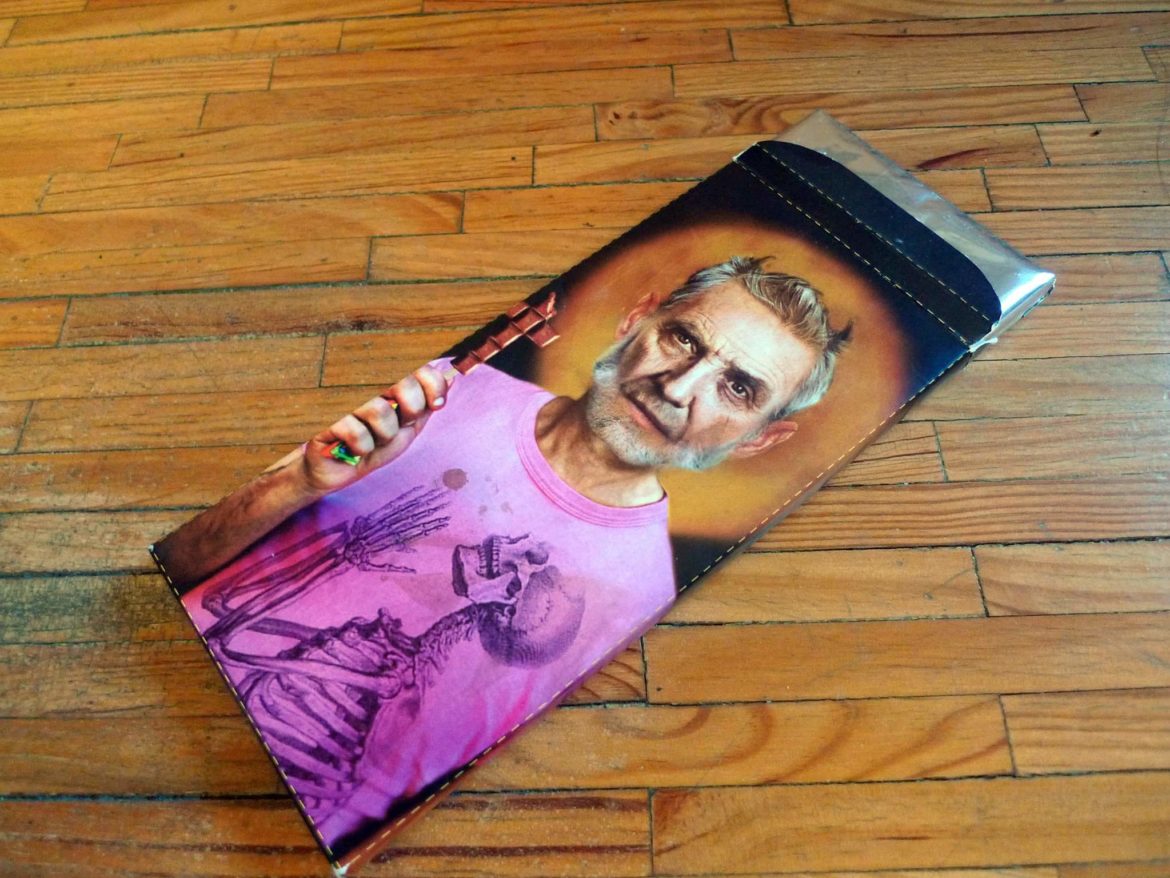Like art, chocolate expresses itself in all possible forms to offer pleasure not onl y to the senses, but to the mind and soul as well and, why not say it, adds flavour to our dreams.
Chocolate requires neither introduction nor translation. It is known by most people all over the world and can be considered, as an ingredient, the stuff of dreams for any chef.
Be it from Ecuador or Central America, it is as yet unclear where chocolate was first offered up to warriors and the gods. What is clear is that it was from the Latin part of the continent that, along with all its cultural significance, this divine gift arrived, uniting and dividing the gourmands of all Europe across the centuries.
Whether it’s consumed by the cup, a most deep-rooted tradition of the 18th and 19th century Spanish bourgeoisie, comparable only with the English Tea Time, or the British eagerness to get some chocolate “to hand”, the origin of the bar, for their beloved and frequent picnics, chocolate has never left a bad taste in anyone’s mouth.
The great, celebrity chefs of the world have returned to the butter extracted from cacao beans as the ultimate delicacy, served on set menus or found in miraculous TV recipe books.
It’s in this vein that the Spanish grand master and creator of the ‘molecular kitchen’; Ferran Adrià, in the spirit of Roald Dahl’s Willy Wonka, sees his dinner guests off with a wooden box full of 17 different types of chocolate and chocolatey elaborations.
[su_box title=”Continue reading the main story!” box_color=”#852285″] Read Chocolate’s full story on paper at issue #0Dreams. Order it here and we will deliver it directly to your door.
Buy Brit Es Magazine # 0 Dreams by clicking here![/su_box]
Text by Antonio Sierra
Illustration by Pablo García García
Translation to English: William Carter

